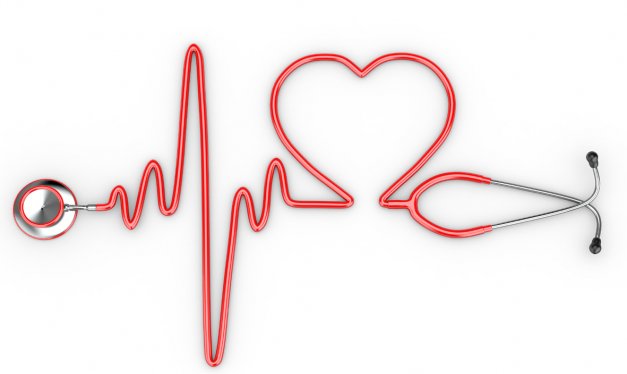An Arrhythmia can be jolting to the patient who’s experiencing it. While often not life-threatening, it is upsetting to feel the heart start beating too slow, too fast, or in an irregular pattern.
If your heart is beating too fast, this is called Tachycardia. A slow heartbeat is called Bradycardia.
Most people experience a bout of arrhythmia once in a while, and it is not cause for serious concern. But there are situations where the heart is signaling that it’s unable to pump enough blood, which can cause damage to the brain, to the heart itself, or to other organs. Fortunately, we now have a handful of ways to treat arrhythmia.


